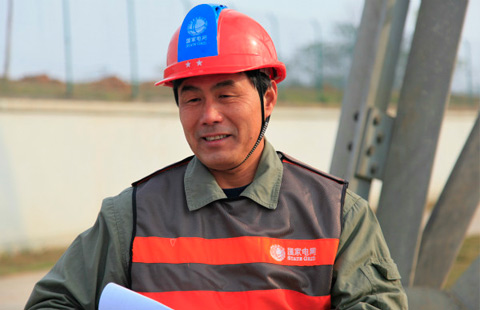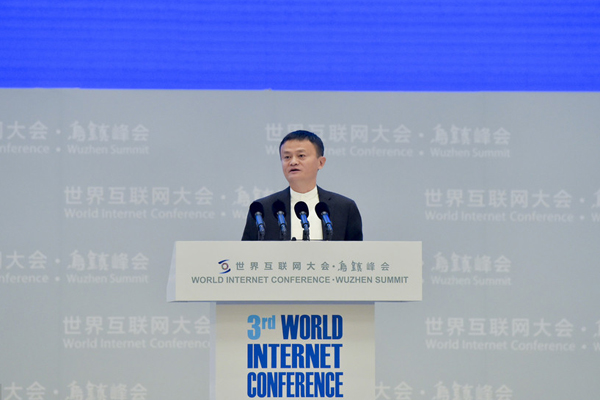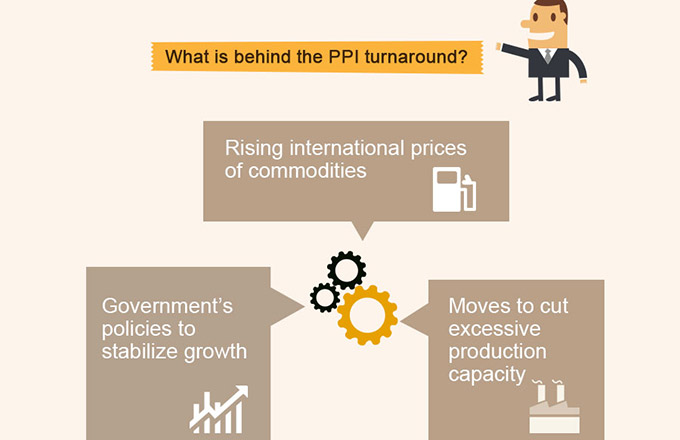China 'to be in top income club in 10 years'
China will likely become a high-income country in 10 years, if the agricultural modernization process is able to sustain the country's economic development, a senior policy adviser said on Thursday.
"By the end of 2022, the average per capita GDP is expected to rise to $12,000, from last year's $6,000," said Zheng Xinli, vice-chairman of the China Center for International Economic Exchanges, a government think tank.
Last year, China recorded a GDP of 51.93 trillion yuan ($8.13 trillion), up 7.8 percent year-on-year. Meanwhile, the population expanded to 1.35 billion, the National Bureau of Statistics said.
The average per capita income was about $5,600 in 2011 and $4,277 in 2010, according to NBS data.
In 2008, the World Bank released new standards stating that countries should have an average per capita income above $11,906 to be part of the high-income group of countries, while $3,856 is the minimum level for upper-middle-income countries. "Agricultural modernization is the key driving force for China to escape the middle-income trap," said Zheng.
The middle-income trap - a concept first brought up by the World Bank in 2006 - refers to the economic growth challenges faced by countries at the middle-income level, usually because of unbalanced industrial structures and lack of policy innovation.
As a consequence of China's agricultural modernization process, more rural workers will be transferred into urban areas, which means that the labor force will shift from agriculture to the industrial and service sectors, Zheng said.
"This will bring a greater economic growth potential in the next decade if we take effective macroeconomic policy measures," Zheng added.
In 2012, the output of the agricultural industry was about 10 percent of the total GDP, while workers in the sector accounted for 36 percent of the national labor force, research by Zheng's think tank showed.
"The low productivity of the primary industry is the main reason for the broad income gap between rural and urban residents," he added.
The Central Committee of the Communist Party of China and the State Council, China's cabinet, released a document on Jan 31 pledging to accelerate agricultural modernization through the establishment of large family farms and measures to improve intensive production.
"The move requires setting up a system to ensure the effective supply of important agricultural products, increase farmers' income and improve their livelihoods, as well as push forward reforms in rural areas," the central policy document said.
Zhang Yongjun, deputy director of the Economic Research Department of the China Center for International Economic Exchanges, said that the successful establishment of rural workers in cities is key to solving the middle-income trap.
"Policies should be improved to include migrant rural workers in urban social security systems, and to provide them with employment opportunities," Zhang said. "So the promotion of agricultural modernization should be in line with the process of urbanization and industrialization."
A study from the Academy of Macroeconomic Research of the National Development and Reform Commission showed that countries on the high-income list should meet three conditions: urban residents should be more than 70 percent of the population; the agricultural sector's labor productivity should be close to those of the industrial and services sectors; and rural residents' incomes should be close to or more than those of urban residents.
"One of the most urgent things is to lower the barriers for investments into the agricultural industry," said Zheng.
The development of large modern farms and increased purchases of mechanical equipment require more capital, he said.
Zong Liang, deputy head of the international finance research institute of the Bank of China, said that the agricultural modernization process, together with urbanization, will sustain stable growth of about 8 percent in China during the next 10 years.
"The middle-income trap was seen in many countries in Africa, but is unlikely to happen in China as long as we improve our economic structure," Zong said.
chenjia1@chinadaily.com.cn
- Further tax reform needed for income redistribution
- China spends more subsidizing the poor
- China's personal income tax revenue slows sharply
- China unveils reform guidelines on income distribution
- Income growth outstrips GDP surge
- Index shows wealth gap at alarming level
- Chance to rethink economic policies
- Increasing upward mobility























